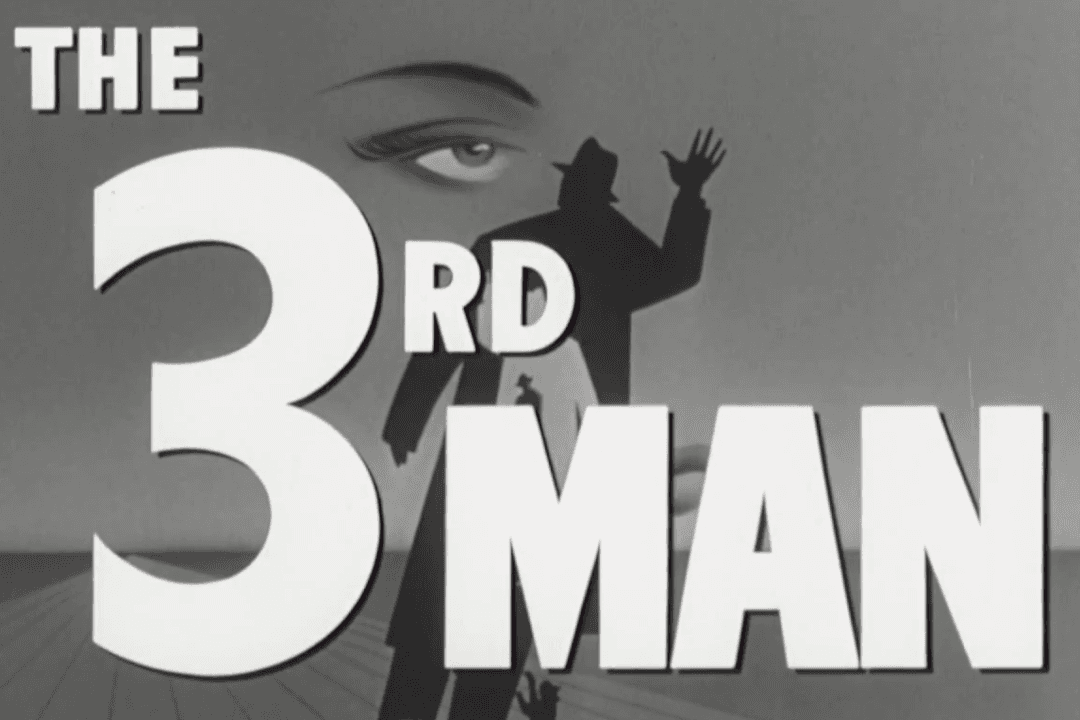Commentary
Orson Welles was an eclectic character with undeniable talent, whose personal eccentricity lent peculiar genius to his films. I wasn’t surprised when I learned that the 2022 Turner Classic Movie Film Festival (TCMFF) would include one of his films, “The Third Man” from 1949. I was familiar with the title, but I knew very little about it. Rather than reading up on it, I decided to save my discovery for when I would see the film while covering TCMFF in April. It played at 9 a.m. on Saturday, my earliest screening of the four-day festival, but it was at the top of my list of films to see.





